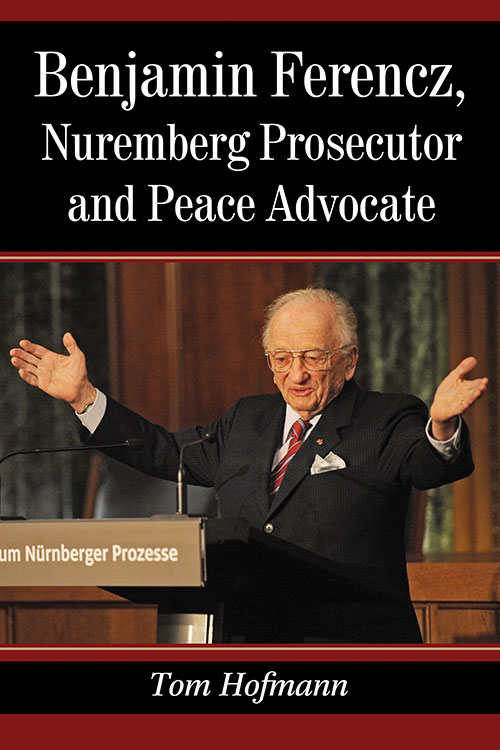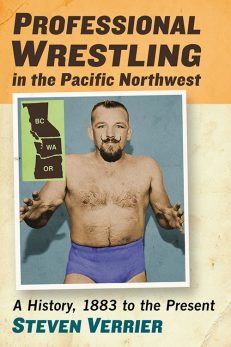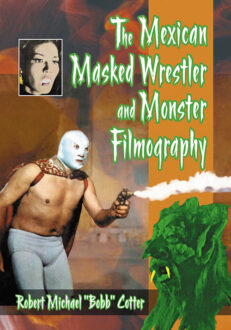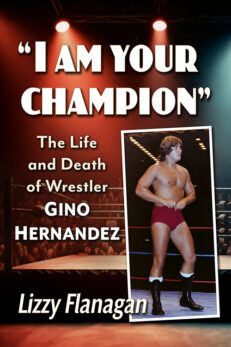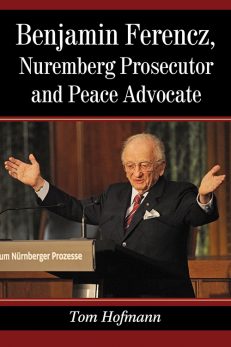Benjamin Ferencz, Nuremberg Prosecutor and Peace Advocate
$29.95
In stock
About the Book
At the conclusion of World War II, war crimes tribunals were carried out at Nuremberg, Germany. Justice was meted out for major war criminals, and Benjamin Ferencz was chief prosecutor for what the Associated Press said was the largest murder trial in history. This biography of the last living Nuremberg prosecutor traces his life from early childhood growing up as an immigrant in Hell’s Kitchen in New York City, to Harvard Law School, to the U.S. Army and Patton’s Judge Advocate War Crimes Investigation Section, to the Nuremberg Tribunals and beyond. His life has been spent working toward the goal of world peace through law, not war, including the successful formation of the International Criminal Court, in which Ferencz played a key role.
About the Author(s)
Bibliographic Details
Tom Hofmann
Format: softcover (6 x 9)
Pages: 284
Bibliographic Info: 42 photos, appendices, notes, bibliography, index
Copyright Date: 2014
pISBN: 978-0-7864-7493-6
eISBN: 978-1-4766-0363-6
Imprint: McFarland
Table of Contents
Acknowledgments vii
Preface 1
Introduction 5
PART I
1. Growing Up in Hell’s Kitchen and Becoming a Lawyer (1920 to 1943) 15
2. From Army Enlistment to War Crimes Commission (1943 to 1944) 27
3. Initiating War Crimes Investigations (1944 to Early 1945) 46
4. Major War Crimes: Ohrdruf, Buchenwald, and Flossenbürg Concentration Camp Investigations and Salt Mine Loot Discovery (April 1945) 53
5. Major War Crimes: Dachau and Mauthausen-Gusen (Including the Ebensee Sub-Camp) Concentration Camp Investigations (May 1945) 78
6. Final War Crimes Investigations and Discharge from Army (Late May 1945 to December 1945) 90
7. Collecting Evidence to Support Nuremberg Tribunals (1946 to Mid–1947) 105
8. The Einsatzgruppen Tribunal (Mid–1947 to April 1948) 119
9. Running a Restitution Organization (Mid–1948 to 1949) 150
10. Getting Bulk Settlements from the German Government and Starting Work on Reparations from Industrialists (1950 to 1956) 160
PART II
11. Starting Over in New York (1956 to 1968) 175
12. Beginning to Work Toward Peace Through Law (1968 to 1990) 188
13. Establishing an International Criminal Court (1990 to Present) 204
14. The Future 230
Appendices
A. Additional Ferencz Interviews 235
B. A World of Peace Under the Rule of Law: The View from America 241
C. Benjamin B. Ferencz Collection at the United States Holocaust Memorial Museum 249
Chapter Notes 258
Bibliography 263
Index 265
Book Reviews & Awards
- “Hofmann’s book certainly is accessible and directed to the general reader. Any library with critical holdings on war crimes or international law should be interested in securing a copy because the book succeeds in connecting the reader with the biography of a critical jurist in relation to the development of international humanitarian law. For scholars who have done research on war crimes, this biography provides a number of anecdotes, contexts, and details one normally does not get from more traditional law journal articles, treatises, or monographs”—H-Net Reviews.

